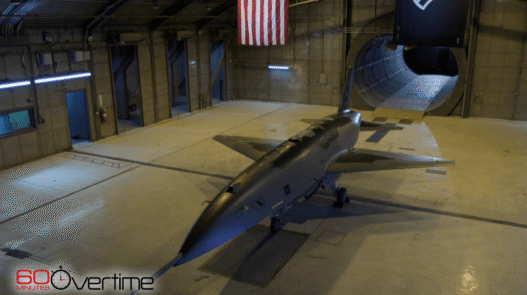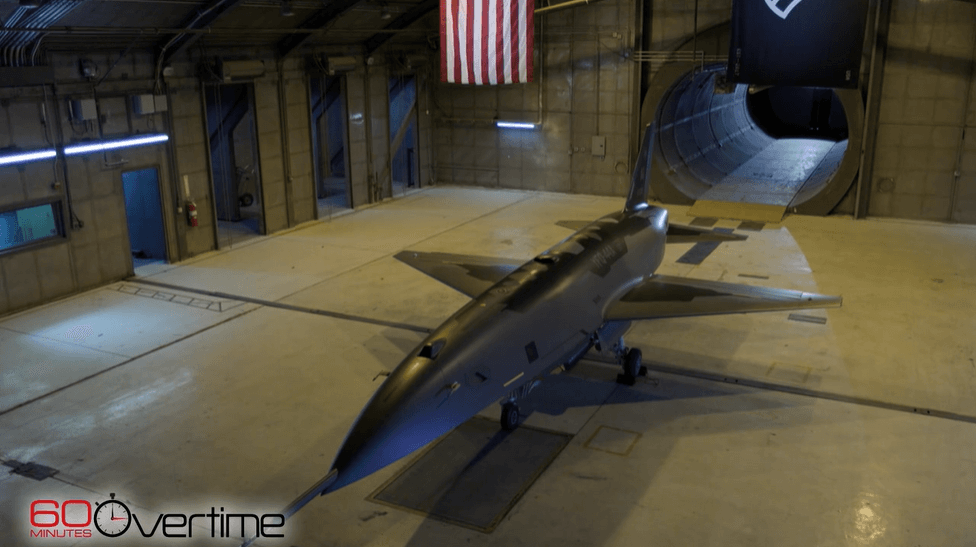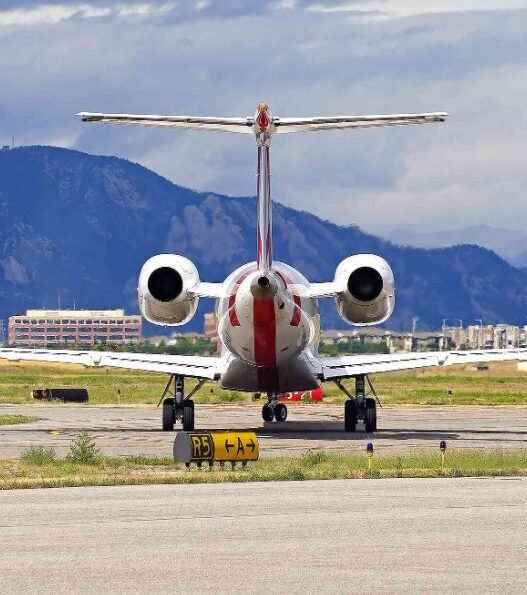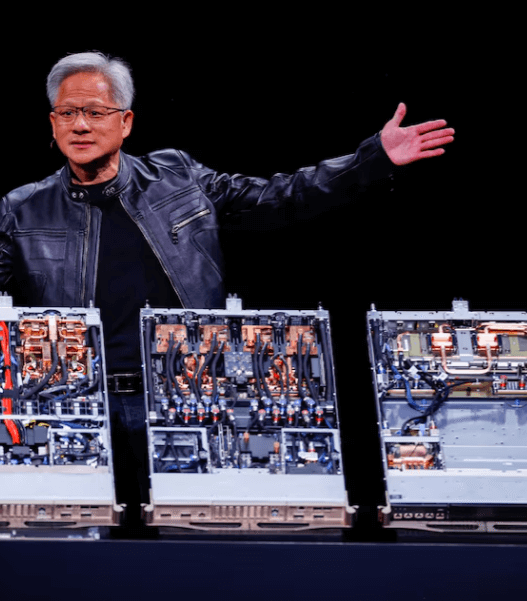In a revealing interview on 60 Minutes Overtime, Palmer Luckey—tech entrepreneur and co-founder of Anduril Industries—gave viewers a look inside his company’s mission to transform modern warfare. Dressed in his signature casual style of shorts, flip-flops, and a Hawaiian shirt, Luckey may look unconventional, but his vision for the future of autonomous weapons is anything but.
Founded in 2017, Anduril Industries develops cutting-edge defense technology, including drones, submarines, and aircraft—many of which operate autonomously with the help of artificial intelligence. These systems can surveil, identify, and even eliminate targets without direct human control.
Addressing public concerns over “killer robots,” Luckey emphasized that the real danger lies not in AI itself but in outdated, unintelligent weaponry. “There’s no moral high ground in using land mines that can’t tell the difference between a school bus and enemy armor,” he argued.
Central to Anduril’s approach is Lattice, an AI platform that integrates data from satellites, drones, radars, and cameras, coordinating what Luckey calls “smart weapons” with situational awareness and precision.
Despite calls from international organizations—including a recent statement by UN Secretary General António Guterres labeling autonomous weapons “morally repugnant”—Luckey maintains that human oversight remains a priority. All Anduril systems include a “kill switch” that allows operators to intervene in case of emergencies or malfunction.
Luckey believes these systems could drastically reduce American casualties. “If I can have one guy command and control a hundred aircraft, that’s a lot safer than putting a pilot in every one,” he said.
Introducing Fury: A Glimpse at the Future of Air Combat
In a historic first, 60 Minutes was granted exclusive access to Fury, Anduril’s fully autonomous fighter jet, unveiled by company co-founder and CEO Brian Schimpf. Developed in collaboration with defense giant General Atomics, Fury is a Collaborative Combat Aircraft (CCA)—designed to fly in tandem with manned fighter jets and operate without a cockpit, controls, or even a seat for a human pilot.
“This is an autonomous fighter jet,” Schimpf explained. “It has onboard software that senses the airspace and reacts to it—working alongside manned aircraft like a quarterback on the field.”
Fury’s primary role is to fly ahead of manned jets, detect and engage enemy threats early, and act as a protective buffer for human pilots. Its design prioritizes both capability and scalability. By using commercially available components—such as landing gear that can be made in local machine shops and a business jet engine instead of a military one—Anduril aims to make the aircraft faster and cheaper to produce than traditional fighter jets.
Fury is set to begin its first test flights this summer. The U.S. Air Force plans to have CCAs fully operational before 2030, and simulations are already underway to determine how these aircraft will function in real-world combat scenarios.
“This isn’t just about building an autonomous plane,” Schimpf said. “It’s about creating an entirely new way of fighting.”





















